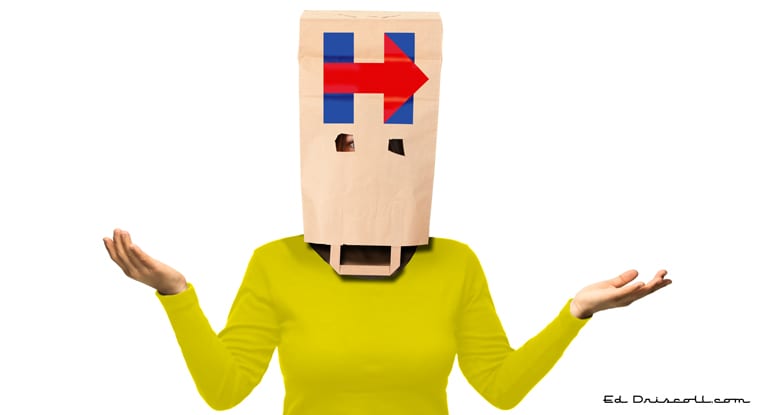Astonishingly, the 2016 Clinton campaign conducted no state polls in the final three weeks of the general election and relied primarily on data analytics to project turnout and the state vote. They paid little attention to qualitative focus groups or feedback from the field, and their brief daily analytics poll didn’t measure which candidate was defining the election or getting people engaged.
The models from the data analytics team led by Elan Kriegel got the Iowa and Michigan primaries badly wrong, with huge consequences for the race. Why were they not then fired? Campaign manager Robbie Mook and the analytics team argued, according to Shattered, that the Sanders vote grew “organically”—turnout was unexpectedly high and new registrants broke against Clinton. Why was that a surprise?
Campaign chair John Podesta wanted to fire Mook, but Clinton stood by him. She rightly admired previous campaigns in which big data and technology were big winners, yet in 2008 it was the candidate and his appeal more than the technical wizardry that pushed Obama over the top. David Axelrod told me that analytics adds a “great field-goal kicker”—no substitute for a strategy and compelling message.
* * * * * * *
Clinton and the campaign acted as if “demographics is destiny” and that a “rainbow coalition” was bound to govern. Yes, there is a growing “Rising American Electorate,” but Page Gardner and I wrote at the outset of this election, you must give people a compelling reason to vote and I have demonstrated for my entire career that a candidate must target white working-class voters too.
I’m sure if the campaign had gone with the “Because It’s Her Turn” slogan that would totally sold the deal.

